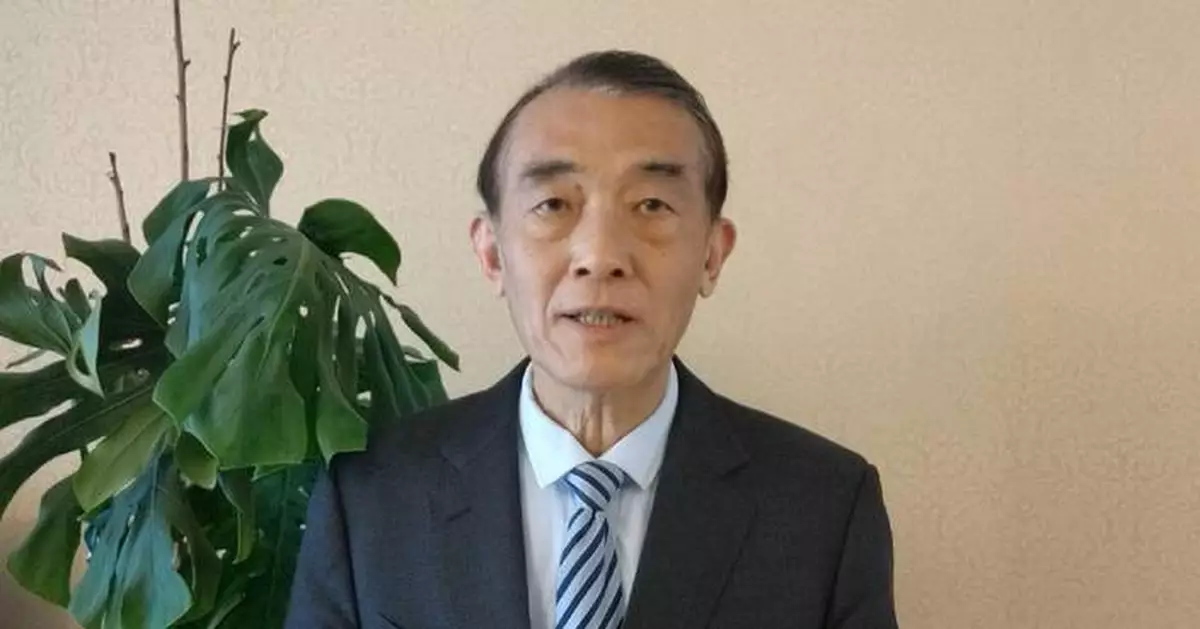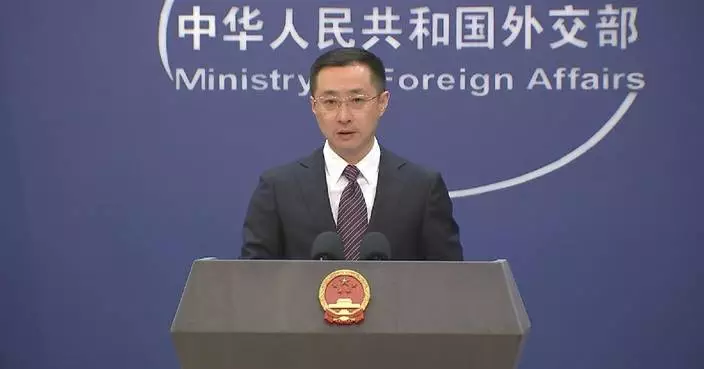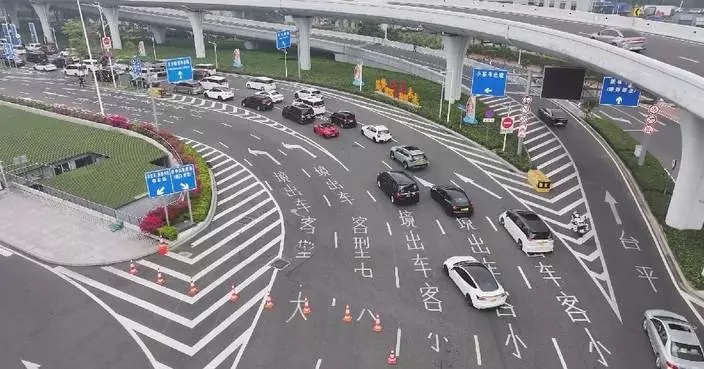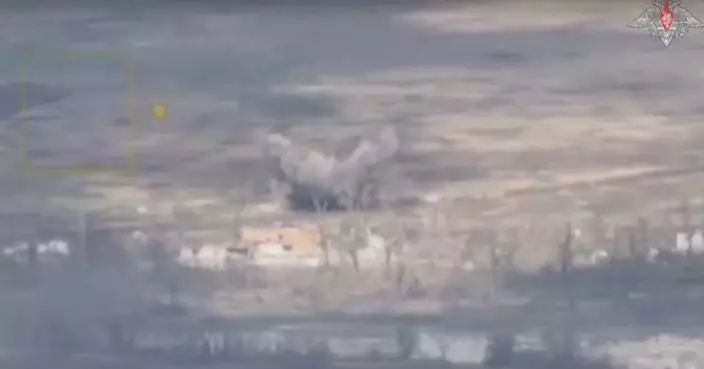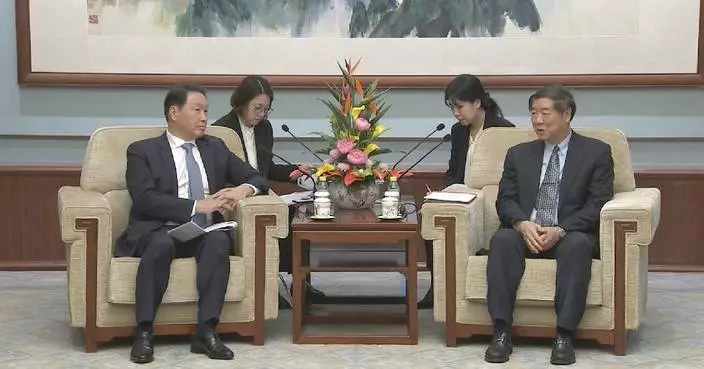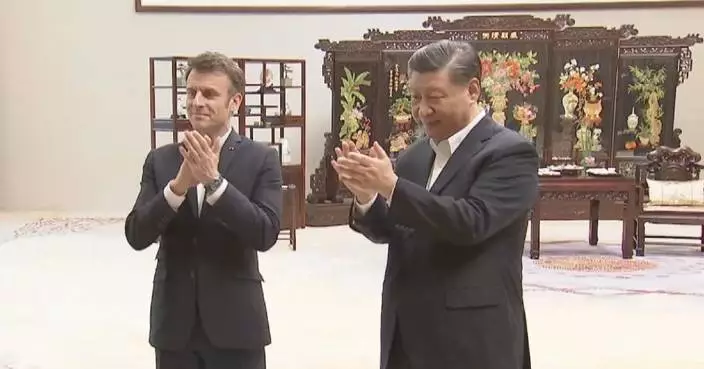Iran's massive drone and missile attacks against Israel have reflected the diversity of the country's weapons and attack methods, a military expert commenting on the retaliatory attack by the Iranian side.
A coordinated attack using dozens of ballistic missiles and hundreds of drones launched from Iran triggered air raid alerts across Israel early on Sunday.
The projectiles triggered sirens in Jerusalem, the Negev Desert and the Dead Sea in the south, the Israeli-annexed Golan Heights in the north as well as the West Bank.
"The attack launched toward Israel has reflected the diversity in the Iran's weapons. First of all, the ballistic missiles were launched directly from Iran against the military targets in Israel, showing its long-range strike capability. Secondly, cruise missiles were also launched. Though they have slower speeds than ballistic ones, they have the ability to alter the flight paths and still maintain a considerable range for firing. Drones were also used during the attack. For Israel, it can be challenging to defense itself from the perspective of weapon system, because it needs to deal with both fast-moving projectiles like the ballistic missiles and drones which were deployed near Israel featuring low altitude, slower speed and smaller size," said military expert Cao Weidong.
Iran's Permanent Mission to the United Nations said the country's military action against Israel was based on Article 51 of the UN Charter regarding the legitimate right to self-defense and in response to the deadly Israeli attack against the Iranian consulate in Syria, the official news agency IRNA reported.
The Iranian mission made the remarks while elaborating on the country's large-scale missile and drone strikes launched against Israel in retaliation for the Israeli missile strike on April 1 on the consular section of the Iranian Embassy in Damascus that killed seven Iranians, including two veteran commanders, the report said.
"Dozens of cruise missiles and ballistic missiles were fired by Iran during the operation, which is considered as an attack of moderate intensity. In other words, Iran fired a retaliatory strike in response to a recent Israeli attack against the Iranian Embassy in Syria, while demonstration its long-range strike capability," said Cao.
Iran's Revolutionary Guard Corps (IRGC) said in two separate statements that it had launched "tens of missile and drones" and "successfully hit and destroyed" important military targets belonging to the Israeli army in the occupied Palestinian territories, in response to "numerous Israeli crimes."

Iran's retaliatory attack shows diversity of its attack methods: expert

Iran's retaliatory attack shows diversity of its attack methods: expert
The year 2024 celebrates the 60th anniversary of China-France diplomatic ties, and it also heralds the China-France Year of Cultural Tourism, a celebration aimed at bolstering cultural and people-to-people exchanges through a series of enriching events.
During a special episode focused on this milestone, cultural experts and influencers from both nations shared insights into the depth of Sino-French cultural interactions.
The discussion, livestreamed from Shanghai on April 22, began with a historical overview, notably when then-Chinese Premier Zhou Enlai introduced President Georges Pompidou to the Yungang Grottoes, a renowned Buddhist cave site in north China's Shanxi. These caves feature intricate carvings that reflect religious and cultural syntheses from the 5th and 6th centuries.
David Gosset, founder of the China-Europe-America Global Initiative, commented on the geopolitical context of the initial outreach.
"People have to remember that we were in the middle of the Cold War, therefore, the world was divided. For a Western country like France to reach out to China, and of course vice versa, it's a beautiful moment, historical diplomatic breakthroughs, means that despite all the geopolitical difficulties, a spirit of cooperation and friendship can prevail," said Gosset.
Xie Dingwei, executive director of the Bund One Art Museum, emphasized the importance of preserving cultural heritage.
"We need to preserve these cultural heritages. We not [just] preserve the sculptures or the buildings itself, but also, it gives us a chance to see hundreds of years ago, how our craftsmanship, our architecture, our human beings, we have reached [such] high levels, which brings us to the present time these treasures, these values. This is something we really cannot afford to lose. Culture is a common language; it doesn't matter you're Eastern art or Western art, somehow they can be connected. So this is something I think it creates a communication channel between the nations," said Xie.
The cultural connection was recently demonstrated during a meeting last April between French President Emmanuel Macron and Chinese President Xi Jinping, where they enjoyed the performance of "Flowing Water" played on the Guqin by a Chinese artist, symbolizing the flowing friendship between the two nations.
"This communication on art subjects between the nations and different peoples are really, really important. It goes beyond politics, beyond the differences between the nations. But you all go to getting closer to understanding each other," said Xie.
Gosset also supported the notion of fostering unity through cultural platforms, aligning with President Xi Jinping's idea of building a community with a shared future.
"I am completely aligned with this idea. We are on the same boat. Our world is frightened by too many divisions. And I think, what is important is to support the forces that can unite us, so it can be music, and certainly museums, and you need leaders with a vision that does not separate us," said Gosset.

Six decades of China-France diplomatic relations highlighted by cultural exchange




